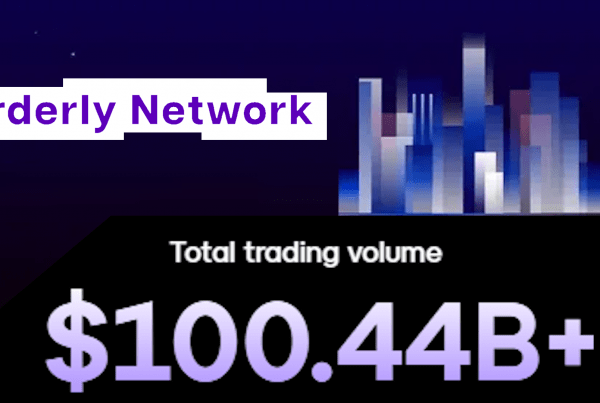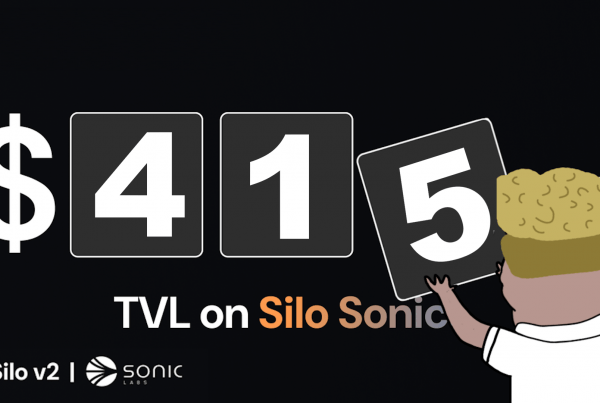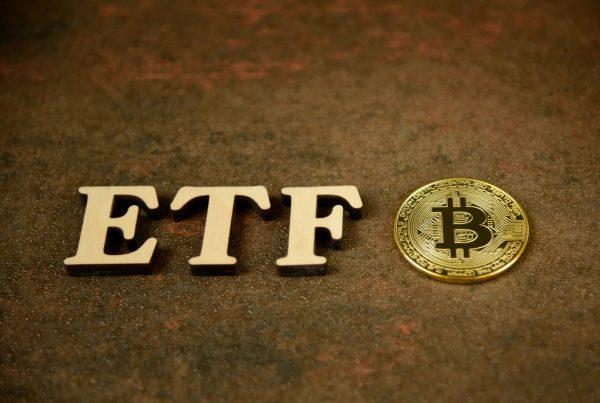
Tether (USDT) is the oldest and largest US dollar-pegged stablecoin in the crypto industry. The idea behind stablecoins is to ensure that investors are always ready for opportunities in the market and have the option to protect themselves from market volatility. Aiming to be the digital dollar of the internet, USDT is designed to trade at $1 regardless of the conditions and seasons of the crypto market.
Initially, USDT was meant to be backed exclusively by USD deposits, which would allow USDT tokens to be redeemed for USD at a ratio of 1:1. However, it was later revealed that assets other that USDT’s reserves also included other assets, which resulted in significant controversy around the stablecoin. The description of the reserves backing USDT was changed in 2019 to also include “cash equivalents” and “other assets and receivables from loans made by Tether to third parties”.
The steady increase in the supply of Tether along with the bull market started to cause concern both among the regulatory authorities and in the crypto community about whether Tether actually had the necessary reserves to back all USDT tokens in circulation. While all this was happening, USDT continued to flood the market.
The controversial status of USDT provided an opportunity for competitors, including the likes of USD Coin (launched by Circle and Coinbase) and Binance USD (launched by Paxos and Binance). USDT is usually among the 10 largest crypto assets on the market, and often reaches the top 3 spot when the market is bearish.
How USDT Works
Tether holds reserves, the value of which should be sufficient to redeem all USDT tokens for US dollars at a 1:1 ratio. Clients who want to mint USDT deposit fiat money into the Tether reserve and receive an equivalent amount of USDT in return. USDT was first launched on the Omni Layer platform, but was eventually expanded to Ethereum and other major blockchain platforms as well.
A brief History of Tether and its controversies
The Tether company was founded in 2014. The token, which was first released under the name Realcoin and then renamed Tether (USDT), was first listed on the Bitfinex cryptocurrency exchange, which shares many key executives with Tether. USDT became controversial in 2017 due to speculation that it was used to manipulate the price of Bitcoin on the Bitfinex exchange. A paper by John M. Griffin, a professor at University of Texas at Austin’s department of finance, suggested that new USDT tokens were minted at strategic points to artificially support the price of Bitcoin during its 2017 bull run.
In 2019, New York State Attorney General Letitia James launched an investigation into Tether and Bitfinex after the people who ran both platforms concealed about $850 million in losses. Allegedly, Tether had misreported the amount of assets in its reserves for two and a half years, and only 27% of the days during this period had enough reserves to cover the number of USDT in circulation.
Although both Tether and Bitfinex denied the allegations, they agreed to the settlement by paying a fine of $18.5 million to the state of New York. Some of Tether’s reserves are held in cash, some in cash equivalents, some in commercial papers, some in certificates of deposit and some in treasury bills. It can now be verified on Tether’s website that there is a reserve for every USDT in circulation.
Based on the claim that 100% of the USDT supply is backed by cash or equivalents, Tether agreed with NYSA to disclose the structure of the holdings on a quarterly basis.
Meanwhile, The LEO token was launched in May of 2019 after Bitfinex raised $1 billion by selling the tokens to investors in a private sale. It’s worth to read about the story of the UNUS SED LEO Token, which is Bitfinex’s recovery strategy.
Despite the controversies surrounding the stablecoin, Tether managed to maintain its USD peg during the collapse of the Terra ecosystem, in which the multi-billion dollar UST stablecoin practically evaporated within a few short days and severely damaged the market sentiment on stablecoins.
Tether’s Importance in the Crypto Market
If the prices of cryptocurrencies are falling rapidly, you can buy USDT with other cryptos instead of trying to withdraw cash. USDT also provides the ability to easily transfer assets between exchanges. Some exchanges do not have fiat deposit and withdrawal options, but almost every cryptocurrency exchange allows USDT trading.
Cryptocurrencies are still volatile by nature. USDT was developed according to the desire of investors to hedge volatility and keep their assets ready for use without any problems. Investors have a way to trade or stay in cash while being protected from the volatility of cryptocurrencies. In this way, they have the convenience of trading for opportunities in the crypto market at any time.
Other Tether Stablecoins
Tether’s stablecoins are not limited to USDT. The EURT for the EUR currency used in European countries, CNHT for the Chinese Yuan, MXNT for the Mexican Peso and XAUT for gold have been launched and are backed by reserves just like the USDT. Pegged to the price of an ounce of gold, XAUT is a good option for those who want to invest in gold within the crypto market.



